Breed-related disease: British Shorthair Cat
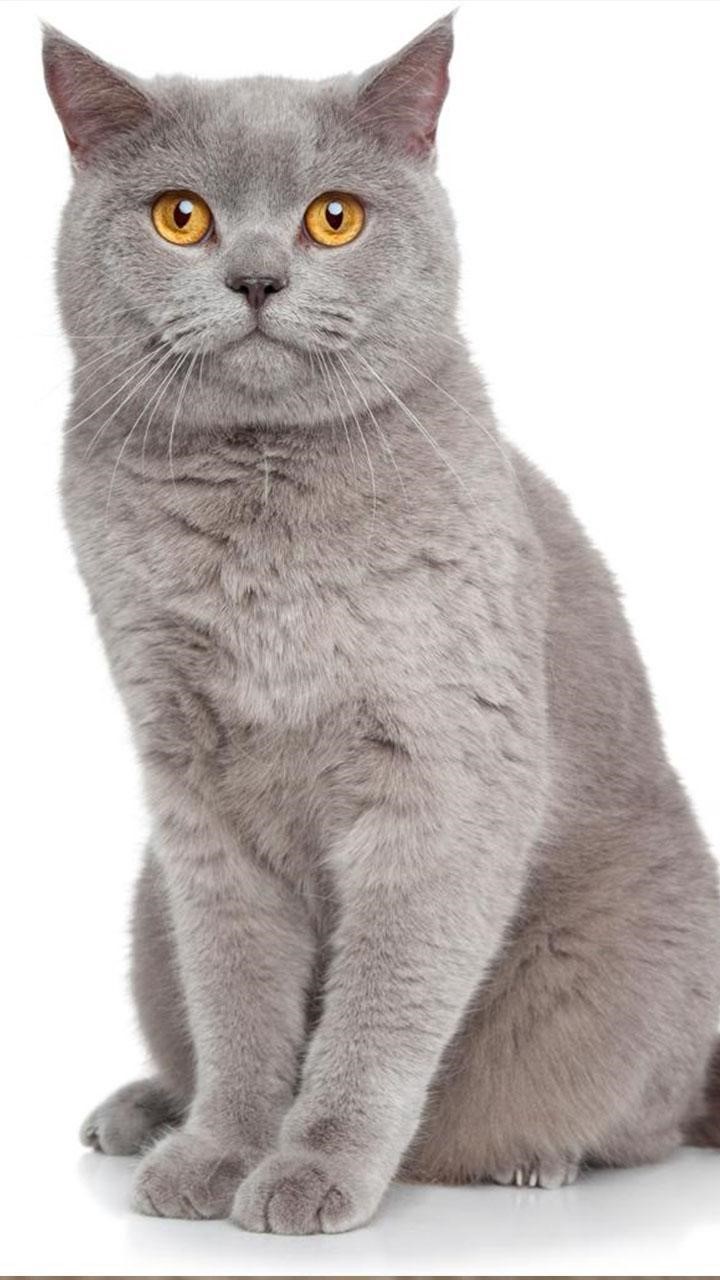
John K. Rosembert The British Shorthair is a dignified, intelligent and affectionate companion. They aren’t your general lapcat, but they tend to be always by your side on the sofa or at least nearby. Females tend to have a serious demeanor, while males are more happy -go-lucky. These laidback cats can get along well with dogs and are calm around children, but they don’t enjoy being hauled around. The British Shorthair is solid and muscular with an easygoing personality. As befits his British heritage, he is slightly reserved, but once he gets to know someone he’s quite affectionate. His short, dense coat comes in many colors and patterns and should be brushed two or three times a week to remove dead hair. British Shorthairs are generally a robust breed without too many problems. Because they have been bred with Persians in the past there is small chance of a being affected by: Polycystic kidney disease: a condition where cysts, present in the kidneys from birth, gradually increase in size until the kidney cannot function normally, resulting in kidney failure. A genetic test is available for this disease. Hypertrophic cardiomyopathy: a condition where the volume of blood that the heart pumps with each contraction is reduced. This can cause fainting, tiredness and other signs of heart disease. Sources: http://www.vetstreet.com/cats/british-shorthair#1_ugw20zmq http://aubreyamc.com/feline/british-shorthair/ Photo credit: https://www.pdsa.org.uk/taking-care-of-your-pet/looking-after-your-pet/kittens-cats/british-shorthair Photo credit: https://apkpure.com/tw/british-shorthair-cat-wallpaper-hd/com.autoinsurance.australia#com.autoinsurance.australia-1
Breed-related disease: Labrador Retriever

John K.Rosembert The Labrador Retriever (aka Labrador, or Lab for short) is one of several kinds of retriever, a type of gun dog. The Labrador Retriever is loyal, devoted, playful, and hardworking. He is patient with children and makes a wonderful companion and family dog. There are two types depending on which lab they were bred from: the English-bred Labs and the American-bred Labs. The English-bred Labs have a stockier, blockier, heavier and thicker build than the American-bred dogs. Both breeds have smooth double-coats without waves. The English labs also are more laid-back and they mature faster. Whatever their ancestry, Labs have a natural disposition to please and have fun, Although he barks protectively, due to his friendly nature, he is not suitable to be a guard dog, but he excels as a guide dog or assistance dog for the disabled, a search-and-rescue dog and a sniffer dog. If you are thinking of getting or got a Labrador Retriever, here are some of the most common health issues your Labrador might face: Joint Problems: Many Labs suffer from joint problems such as hip or elbow dysplasia, these conditions affect the hip or elbow joints, prohibiting normal movement and causing pain and immobility. Bloat and Obesity: Labradors are famously known for rapid eating which can also result in dangerous gastric distention. In dogs, this is also known as bloat which is a huge health problem in Labradors. Caudal myopathy: This condition, which can scare many Labradors Retriever owners, is also known as “limber tail syndrome” and is commonplace among the breed, but not exclusive to it. Myopathy in this area is characterized by a flaccid paralysis in the tail. Eye problems: Many Labradors suffer from eye problems, from minor ocular defects to cataracts or progressive retinal atrophy. These are hereditary diseases that impair the dog’s vision. Sources: Photo Credit: http://fishsubsidy.org/labrador-retriever/ https://www.dogzhealth.com/labrador-retriever-health-problems/ https://www.labradortraininghq.com/labrador-health-and-care/common-labrador-health-conditions/ https://labrador-central.com/labrador-health-issues/.
Breed-related disease: Persian Cat
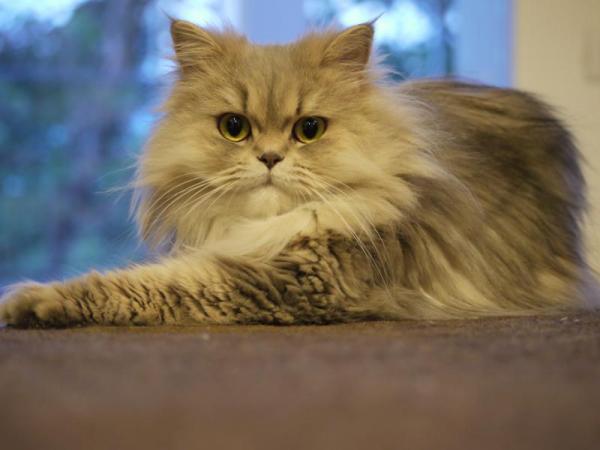
John K. Rosembert The Persian is the most popular pedigreed cat in North America, if not the world, it is also known as the “Persian Longhair” in the English-speaking countries. In the Middle East region, they are widely known as “Iranian cat” and in Iran they are known as “Shiraz cat”. The first documented ancestors of the Persian were imported into Italy from Iran around 1620. The Persian comes in two types: show and traditional. The show Persian has a round head enhanced with a thick ruff, small ears, a flat nose, big round copper eyes, a broad, short body with heavy boning atop short tree-trunk legs, and a thick, flowing plume of a tail. While the traditional Persian, also known as the Doll Face, does not have the extreme features of the show Persian, and his nose is a normal length, giving him a sweet expression. Both types have a long, glamorous coat that comes in many colors and patterns, and both share the same wonderful personality. Persian cats suffer from certain recurring problems. This does not mean that Persian cats are necessarily unhealthy, but you should be aware of their risks and needs in order to prevent diseases and notice them in time. Here are some of the most common diseases of Persian cats …. Hairballs and trichobezoars: Persian cats are known for their long and dense coat. Therefore, they are more likely to suffer from trichobezoars than other cats with shorter hair. Trichobezoars are hairballs that form in the cat’s stomach and digestive tract. Cats can usually regurgitate hairballs, but occasionally they accumulate in the stomach. When this happens, cats suffer badly and may even have serious health consequences. Polycystic kidney disease: Persian cats are very prone to polycystic kidney disease. This means that cysts develop in the kidney area, growing and multiplying if left untreated. It is estimated that 38% of Persian cats suffer from this hereditary disease. Respiratory problems: Persian cats are easily recognizable for their flat face and huge, round eyes. Sadly, having such a small nose causes the nasal passage to be very short and more sensitive to the cold, heat, moisture or dry environment. Heart problems: Fewer than 10% of older Persian cats have been found do have Hypertrophic cardiomyopathy which causes an enlargement of the left heart chamber and can result in sudden death. Eye problems: The special shape of a Persian cat’s eyes can also cause problems. The most common ocular diseases of Persian cats include: Congenital ankyloblepharon which is an inherited abnormality that usually occurs in blue-eyed Persian cats. Congenital epiphora consists of an excessive tearing of the tear duct, which results in oxidation of the hair around the eyes and infection by bacteria or fungi in the affected area Entropion is when the eyelashes rub and irritate the cat’s cornea as a result of the inversion of the eyelid edge Primary glaucoma Excessive blood pressure in the eye which results in opacity and vision loss. It should be treated by surgery. Sources: Photo credit: https://www.animalwised.com/common-diseases-of-persian-cats-738.html https://en.wikipedia.org/wiki/Persian_cat Persian https://www.animalwised.com/common-diseases-of-persian-cats-738.html
Instruction of Feline Blood Typing Kit
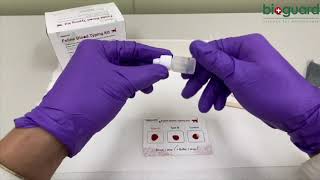
Instruction of Peritonitis Detection Kit
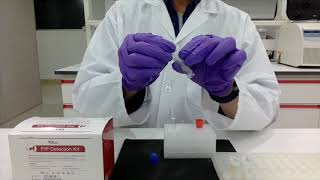
Instruction of Rapid Test
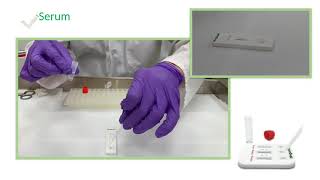
貓血型檢測套組使用說明

